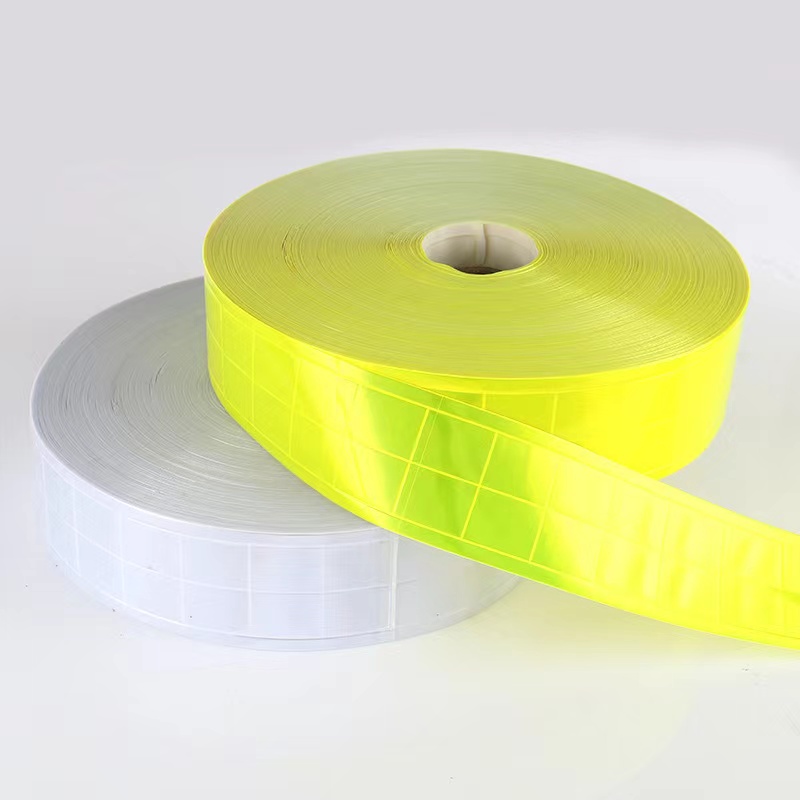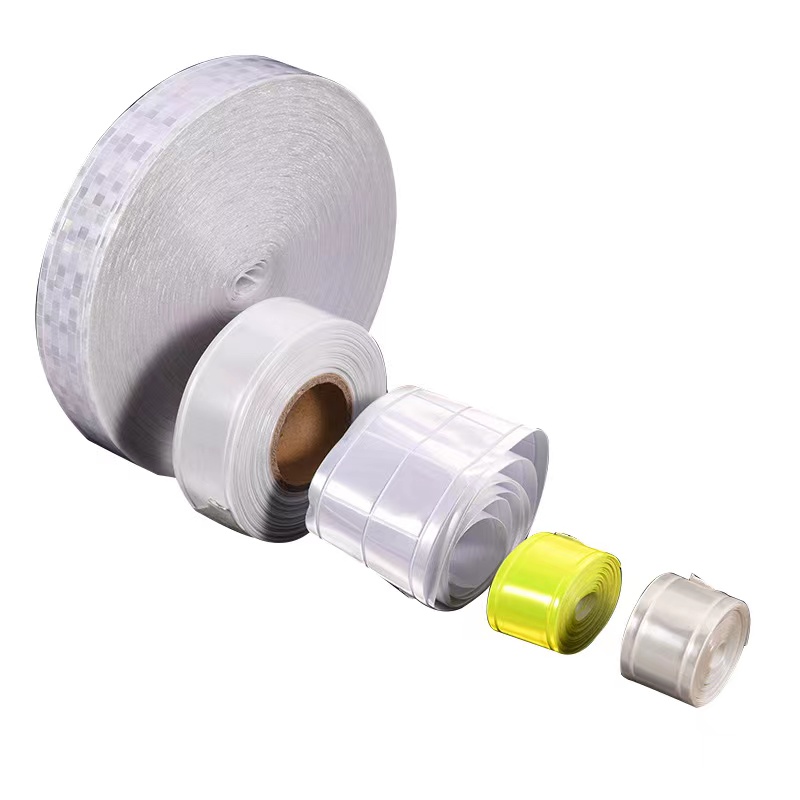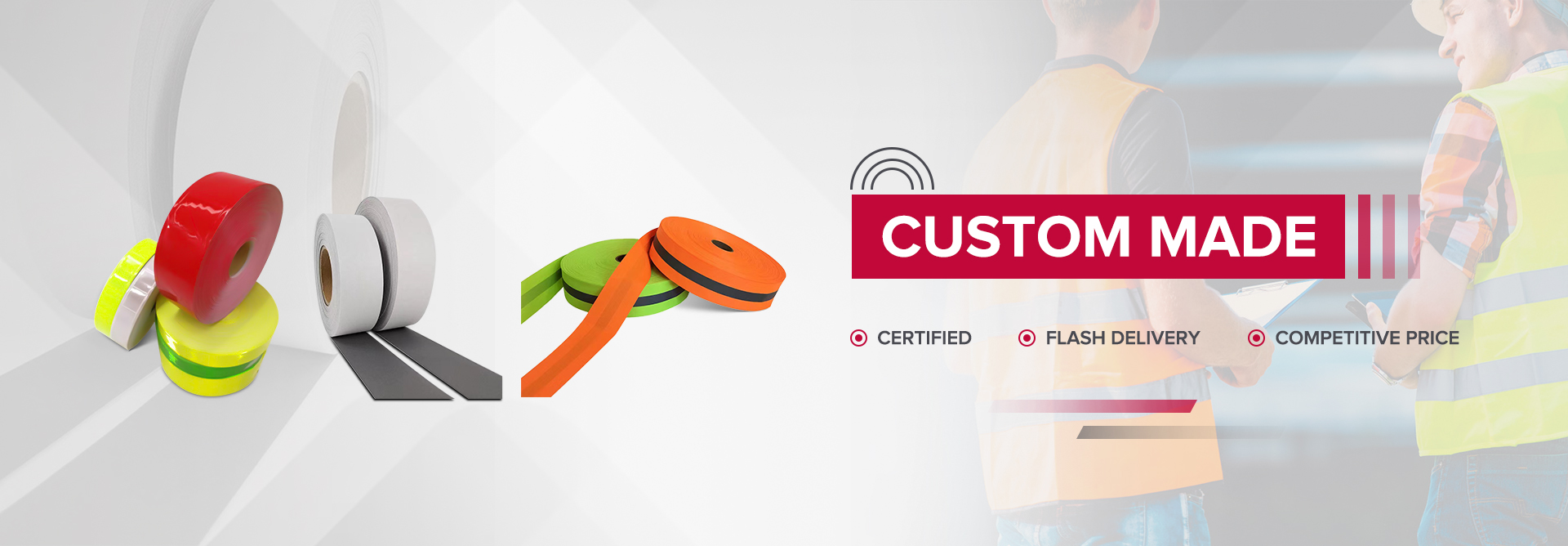Reflective tape is produced by machines that fuse several material layers into a single film. Glass bead and micro-prismatic reflective tapes are the two primary varieties. While they are constructed similarly, they reflect light in two different ways; the least difficult to make of the two is glass bead tape.
The foundation of an engineer-grade reflective film is a metalized carrier film. This layer is covered with glass beads, with the intention of having half of the beads imbedded in the metalized layer. The beads' reflecting qualities result from this. The top is then covered with a layer of polyester or acrylic. This layer can be coloured to generate different coloured reflective tapes, or it can be clear to create white reflective tape. Next, a release liner is placed to the layer of glue that has been applied to the tape's bottom. After being rolled up and cut to width, it is sold. Note: A polyester layered film will stretch, but an acrylic layered film will not. Engineer grade films become a single layer during the manufacturing process due to the heat utilised, preventing delamination.
Moreover, type 3 high intensity reflective tape is constructed in layers. The first layer is the one with the grid integrated into it. usually in the form of a honeycomb. The glass beads will be held in place by this pattern, keeping them in their own cells. A coating of polyester or acrylic is put over the top of the cell, leaving a tiny gap above the glass beads, which are glued to the bottom of the cell. This layer may have a colour or be clear (high index beads). Next, the bottom of the tape is covered with a release liner and a layer of glue. Note: A polyester layered film will stretch, but an acrylic layered film will not.
To make metalized micro-prismatic reflective tape, transparent or coloured acrylic or polyester (vinyl) prism arrays must first be manufactured. It is the outermost layer. Reflectivity is provided by this layer, which helps light return to its source. Light would be reflected back to the source in a different colour by a coloured layer. To increase its reflectivity, this layer is metalized. Next, a release liner and a layer of glue are put to the back. The heat employed in this procedure prevents the metalized prismatic layers from delaminating. This is particularly helpful for applications where the tape might be handled roughly, like car graphics.
The least expensive and easiest to create is glass bead engineer grade film. The next easiest and most affordable is the high intensity. Of all the reflective tapes, the metalized micro-prismatic films are the strongest and brightest, but they also cost the most to produce. They are ideal in demanding or dynamic settings. The cost of producing non-metalized films is lower than that of metalized films.


Post time: Nov-21-2023



